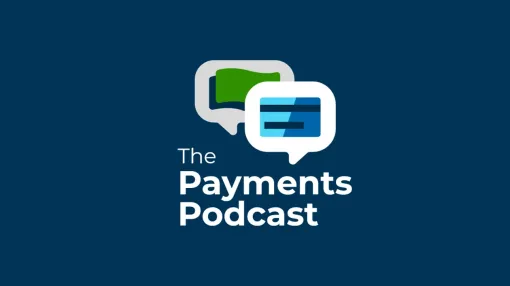At its most fundamental level any business is about “paying and getting paid.” But when it comes to the manufacturing sector, fundamentals are just the beginning of this process. That’s because manufacturing is arguably the most complex industry from a business payments perspective. Paying and getting paid here has unique challenges from intricate supply chains to price fluctuations to inventory management to managing various contractual agreements for raw materials, equipment, or services. Managing these contractual arrangements and their associated payment terms requires careful attention to contractual details and timely payment execution.
Everything about the manufacturing sector - including its accounting practices - is based on managing scale. At its 2021 output of $2.5 trillion, manufacturing contributes 12% of the total US gross domestic product. If it was its own economy, it would be the eighth largest in the world right behind France and just ahead of Russia. At the top end its biggest companies need to pay between 75,000 and 100,000 suppliers. While most manufacturing companies deal with far fewer than that, it's easy to see how this sector has its own unique challenges.
One of the companies that at one time struggled with these unique issues is Wenger Manufacturing. This US manufacturer of processing equipment for plant-based foods puts the pumpkin spice in Busch beer, as well as other work for large food and beverage producers in its portfolio. Up until recently, it felt the pressure of paying and getting paid that comes with being a manufacturer in today’s market. Producing in the “agrifood” category and providing invaluable research for that industry, Wenger is at the forefront of its business, providing cutting-edge technology on one hand, but using analog solutions for managing its Accounts Payable process on the other. It was an irony that was not lost on leaders at the company.
“We had a manual process for paying suppliers, processing a weekly batch of checks every Friday,” says Mitchell Allen, Wenger’s controller. “It was a very time-consuming process for our AP manager as well as the approvers of each check. We knew we had to move to an electronic payment process.”
According to Allen, Wenger usually had 100 checks or more to write every week and it suffered through the attendant slowdowns and possibility for error that paper-based payments bring. Even worse, mailing checks exposed Wenger to potential delays and losses in transit. Completed payments languishing in postal service purgatory meant delayed payments for suppliers and reconciliation headaches. Checks lost in the mail meant expensive stop payments and reissuing.
Most concerning was the risk of check fraud. Despite the best efforts of a diligent AP team, some checks were intercepted by bad actors, forging endorsements to steal funds. Luckily, most of these occurrences were caught in time, but the risk of a successful attempt was not going to disappear. With frustrations constantly mounting, Wenger knew moving away from checks could solve these problems. According to Allen, “we wanted to get away from checks as much as we could because of the time and risks involved.”
The time had come to modernize. But how?
Implementing end-to-end automation
Unlike many other manufacturers, Wenger sought a solution that moved beyond continuing the assembly lines of checks out the door. Working with its financial institution, UMB Bank, it explored automated AP processes to transform its broken, manual processes. After reviewing the options, the business payment network from Bottomline stood out as the ideal solution to Wenger’s woes. Paymode-X offered comprehensive AP automation, seamlessly handling everything from invoice receipt to payment. Its user-friendly interface provided a simple transition from Wenger’s previous manual data entry and excessive paperwork.
Payments were made more efficient. Suppliers could be paid by ACH, virtual card, or check, based on their preferences. Wenger would earn cash-back rebates on electronic transactions, providing savings on each payment. But the real differentiator was Bottomline’s security capabilities. With suppliers inputting their own banking details directly into the payment network, Wenger removed a massive fraud risk, providing peace of mind.
Allen explained that “what really separated Bottomline and UMB Bank from the other programs we looked at was the fact that our suppliers would input all their data and bank account information into Paymode-X. Not only did we not have to shoulder the burden of data entry, but we would not have to retain any vendor banking information within our ERP system.”
The results after implementing the Bottomline payment network were immediately clear at Wenger. The tedious and risky manual processes that had become all familiar were eliminated and replaced with automated workflows and robust security measures. Rather than printing, mailing, and tracking 100+ checks per week, Wenger gained the ability to pay all suppliers in one seamless electronic file upload. Allen confirms. “With Paymode-X, we now have a fully automated invoice-to-pay AP process.”
Vendors embraced the electronic payment options, improving Wenger’s ability to generate valuable rebates. In addition, Wenger enjoyed a smooth 60-day implementation and transition. With its AP workload set to expand further, Wenger is well-positioned for future growth. Automation provides scalability that its manual process lacked. Wenger successfully cooked up the recipe for modern AP with the help of UMB Bank and Bottomline.
“Next up is invoice automation,” Allen said. “We now want to fully automate the whole accounts payable process from invoice to payment.”


